By Pieter Buis
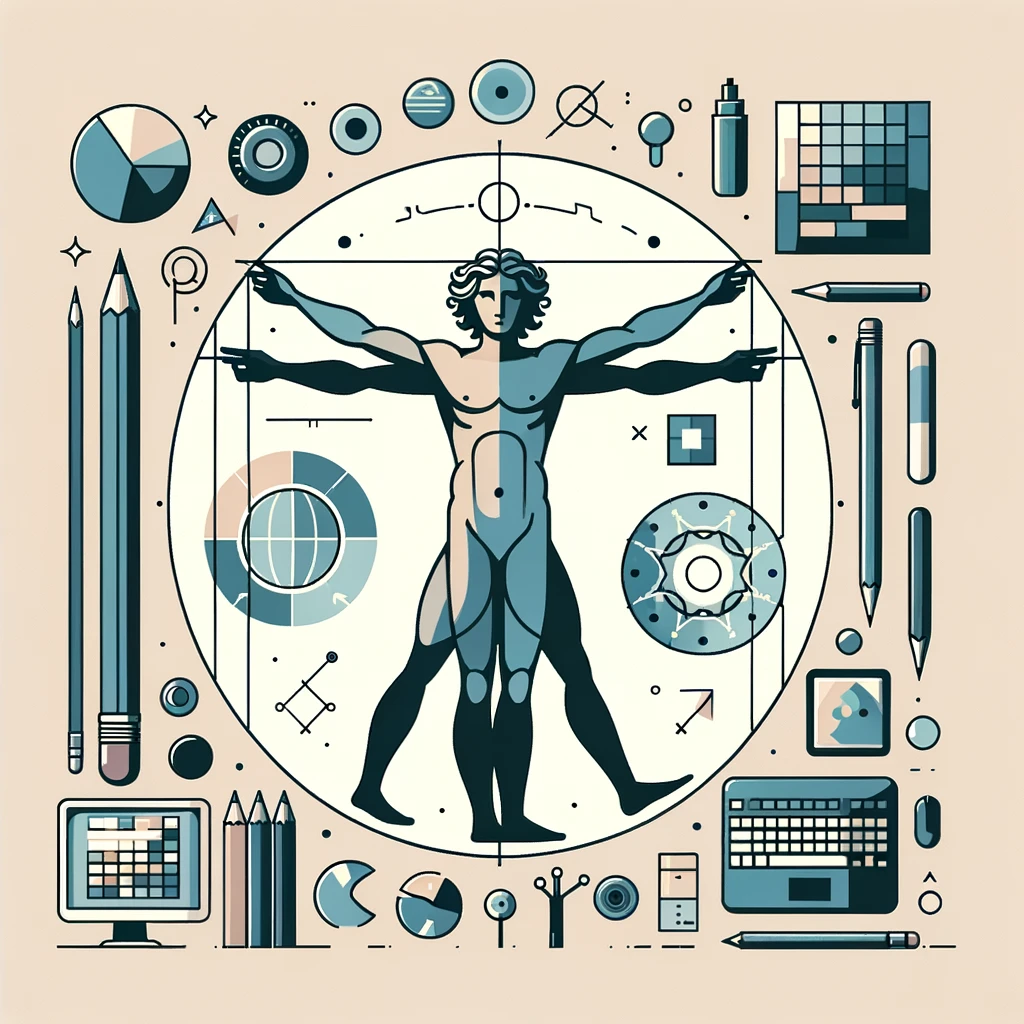
In this article, I’ll start off by briefly comparing UX and UI. Then, using my insights from theatre and design, we’ll explore four fields (some established, some emerging) where people with the skills of a UX designer are sorely needed.
Difference between UI and UX
Let’s start with this: I have the utmost respect for UI designers, and their job is essential to the creation of great software. Right. With that out of the way, let’s talk about the difference between UX and UI.
User Interface (UI) design is the work that needs to be done to turn a list of ideas for a piece of software into an actual, fully formed visual product. It’s about pixels and colors and spacing, but also about human psychology; what do I need to do to make users notice this button? How do I make this product look appealing? There’s artistry at work here. Like a painter needs to understand composition, color, and contrast, so does a UI designer.
User Experience (UX) design deals with the question of how something should work. Once I click on that “Order now” button, where should it take me? What does a user expect to find on a webpage, and where? How can we prevent a user from getting frustrated, or even worse, quitting? These are hard questions to answer, as end users can be fickle, surprising, and very different from one another. For this reason, UX designers develop a toolkit to 1) map problems, 2) come up with solutions and 3) test those solutions efficiently. Each of these three steps is vital and requires a disciplined mind to do well. Making assumptions about what the problem is will cause you to miss important aspects of it, which can be detrimental to your great new solution. Finding solutions is both an exercise in creativity and artful stealing. Finally, having the ability to test solutions without breaking the bank is what businesses care about.
Though UX is still often used only in reference to designing software, the three steps I outlined above are a great way to tackle any problem. Spending your life mastering this process means you will be able to deal with problems in many more fields than just software.
Employee Experience Design
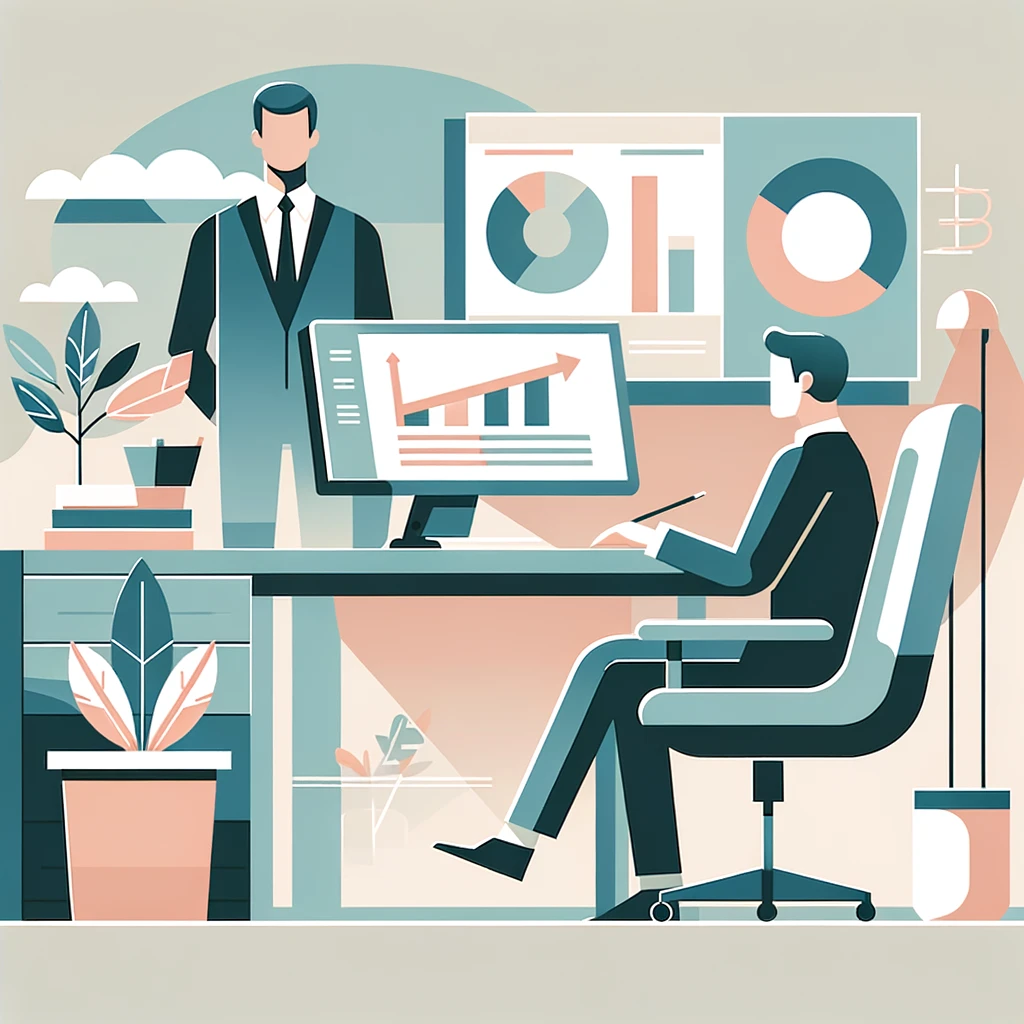
Today’s labor market is interesting for two reasons. Firstly, companies are having a harder time than ever attracting the right talent, especially in fields that require knowledge workers. These are the people that work mostly behind a laptop solving difficult (and tedious) problems with their brain. Secondly, it has become a lot more normal over the past decades to change job every few years, which means that hard-won talent can leave a company in an instant. With the advent of working-from-home, an employer now has more competitors since the distance between home and workplace is becoming less of an issue. For these two reasons, businesses are very interested in ways to turn themselves into ‘great places to work’ (sometimes more as a branding exercise, but equally as often with sincere intent).
Though the two trends mentioned above (lots of job offers and normalization of job-hopping) have serious advantages for employees, mostly when it comes to compensation, it also has its downsides. Office jobs aren’t nearly as socially coherent as they used to be. People don’t meet face to face every day and often colleagues leave after two years, meaning tight social bonds are harder to form. Slacking off is easier than ever, and though this is fine on some days, it is my experience that knowledge workers like to end their days feeling as though they achieved something. Work culture is a key factor in employee satisfaction as well as their productivity, but we haven’t yet realized that the things we think we want – working from home, changing employer often – are to the detriment of the things we need to be happy in the workplace.
So, from both the employer’s and the employee’s side, there is demand for ‘better work.’ Some things that are included in this vague term are:
– Work culture (do you feel connected to your colleagues, both professionally and personally?)
– The structuring of work processes (does everyone have clear tasks and is unnecessary work eliminated?)
– The ease of use of the various tools that employees need (is the software you work with fast and practical?)
– The speed with which obstacles to productivity are dealt with (how long does it take to deal with a problem such as a broken laptop?)
When you take this all together, you could spend a full-time job thinking about the design of work – and people do. This is the emerging field of Employee Experience (EX), which applies UX and design thinking principles to solve the many problems that arise in the modern workplace.
An example I’ve seen in practice in big companies is the improvement of the onboarding experience: the journey someone goes on from sending in the first application letter up until the first few months or even years of their new job. How can you make sure a new employee feels welcome? How do you make sure they have everything they need? A big part of this will be software-based, something UXers will have plenty of experience with. Smart systems can help new hires at key moments along the way, both by passively answering questions and by actively sending reminders and initiating new activities. Another part of the solution will be working with employees to set aside more time for conversations and teaching moments with new employees. The exact solution will differ from situation to situation and will likely involve stacking various solutions together. With a UX background, you have the tools you need to map the problem, devise solutions, test them and finally implement and evaluate them.
There is so much to be won, both in productivity and personal happiness, that I believe the field of EX will only grow in the next few years.
In a way, EX is about treating (potential) employees as customers of a company. You market the existence of job vacancies and try to make people ‘buy in’ to the product, which is employment. Therefore, it’s not a big step removed from our next X, Customer Experience.
Customer Experience Design

Customer Experience (CX) is the sum of all interactions users have with a brand. It includes:
– The overarching concepts and story of a brand and how they are communicated through marketing
– The process of making a purchase, from the seed of desire to the product finally arriving in the customer’s hands
– The customer service provided both before and after the purchase
There’s no question that having a great brand builds trust, loyalty, and a purchase-hungry user base. To get there requires careful curation of all the interactions the customer has with a brand on a micro- and macro-level. Seeing as shopping has in large part moved to the internet, software is an integral part of this. How can we make webpages clearer and more enticing to potential customers? How do we make sure they understand a product when its features have never been seen before? How do we set their expectations correctly – and then how do we exceed them?
CX is a little bit of marketing, a little bit of UX/UI and a little bit of product design. It requires someone who has the ability to zoom out and consider the bigger picture, while not losing sight of the micro-interactions that make up the whole. Doing research on this topic requires interdisciplinary, creative approaches, and there is plenty of room for new ideas and solutions.
Product design
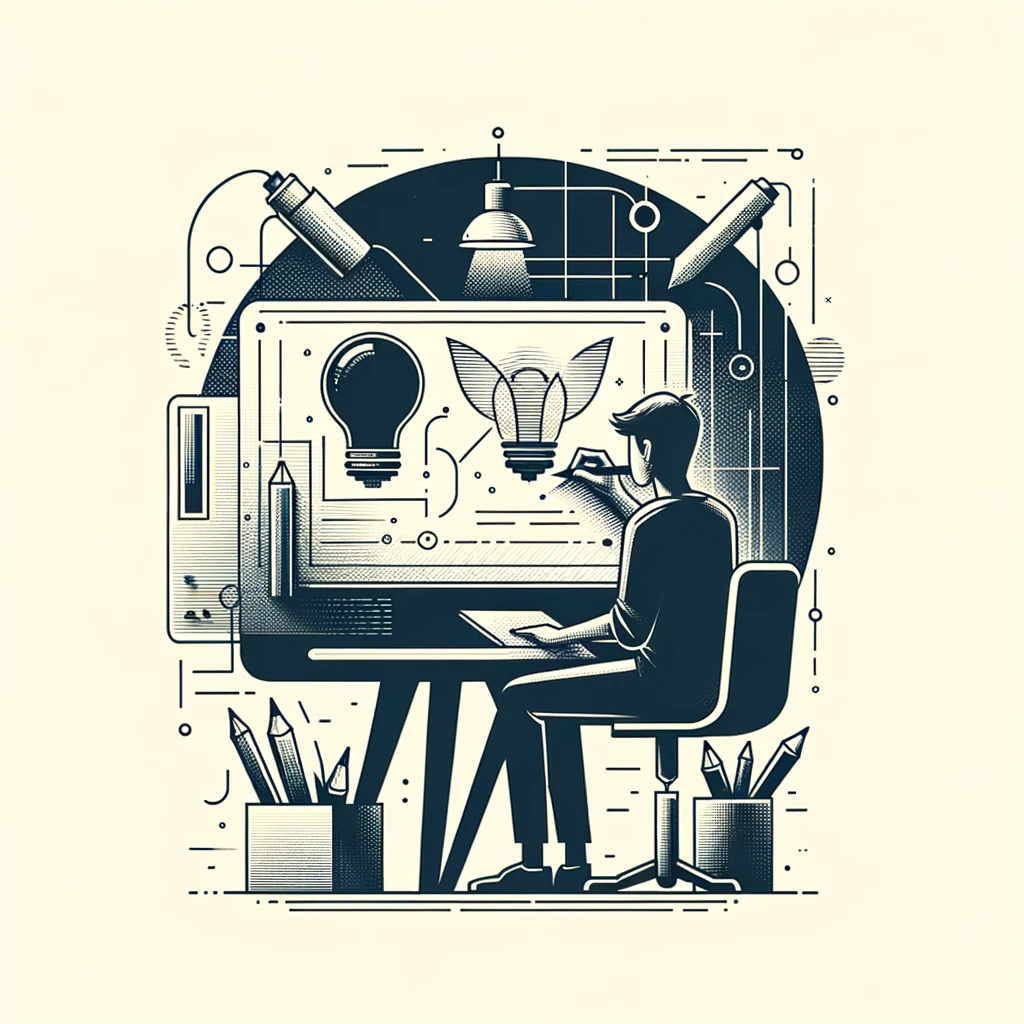
Once we start talking about customers, we can also start talking about products. I will admit that product design is a whole world of its own, populated with characters like industrial designers, engineers, artists, factory workers and more. However, some of the core problems in the design phase of a new product can be tackled with a UX approach.
My personal foray into the world of product design has been my – at times pathetic – attempts to design board and card games. The market for games has seen a huge boom during the corona lockdowns, when other forms of entertainment were off limits for a while. Rather than die down, board game sales are still on the rise and demand for new games is voracious. It seems people really like the idea of setting aside their phones and laptops and joining their friends around the table for a tactile and social experience.
So how does one go about designing a board game? Board games are built up of mechanics, which in other fields we might call affordances; things the game allows you to do. Whilean affordance is about what a physical or digital product lets you do, mechanics are about what the game allows you to do in its ruleset. Breaking the rules is totally possible, but the fun is in trying to stick by the rules and still win the game. As an example, consider this mechanic: in Monopoly, when you land on a street, you are allowed to buy it. This creates an interesting choice: will you buy this street and hopefully recoup your investment later, or will you hang on to your money to buy a more expensive street down the road? A set of interesting mechanics leads to a series of interesting choices which make up a game.
The first lesson any aspiring game designer must learn, is that no matter how good the game seems in your head, you must playtest, which means playing a prototype version of your game with other players who aren’t familiar with it. What players do with your mechanics is wildly unpredictable, and whether they have fun while playing is more unpredictable still. Designing fun is almost as difficult as trying to define what fun is. The first couple games I designed were surefire hits in my head, but when we started playing my prototypes, they quickly turned out to be duds. (I still haven’t managed to design something great, but it’s been a very educational experience to try.)
The point of this tangent is to show that designing products is a lot less straightforward than we as users of great products might imagine. Great design disappears in use, while bad design sticks out like a sore thumb. Again, what is required is someone who can clarify the problem, come up with solutions, test those solutions efficiently and with minimal financial expense, until something truly great is born. UXers can guide this process like no one else.
Themed Experiences Design
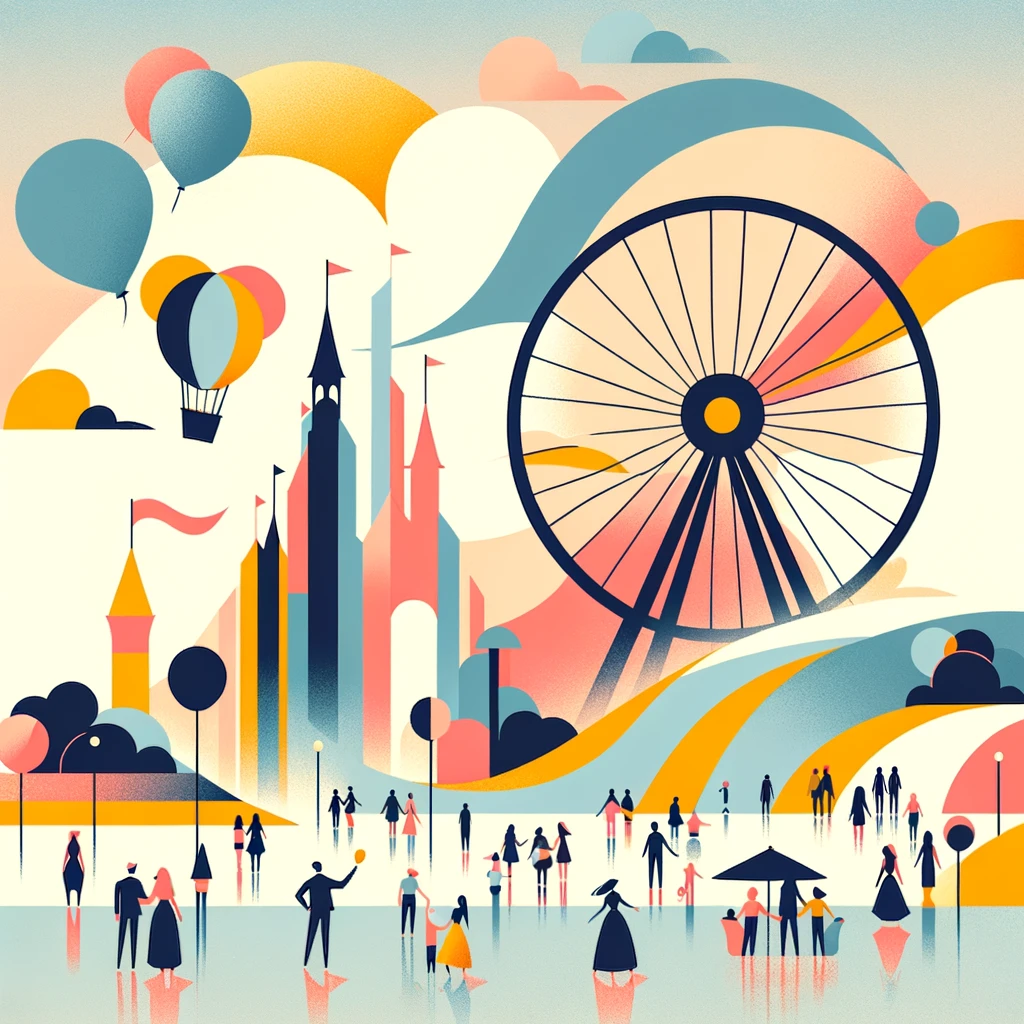
Our final UX-related field is a wonderful mix of the previous two. It’s Customer Experience Design and Product Design, but where the experience is the product. Think of interactive museums, festivals, shows, escape rooms, and a personal favourite of mine, theme parks. Just like board games, the themed experience industry is on the rise. The younger generations are much more interested in spending their money on moments rather than products. A cynic could credit this to a desire to live an Instagrammable life, while an optimist would see that people are looking for ways to be anchored in a physical world when a lot of their life is lived digitally. Themed experiences are unique places you have to go to experience. They are in my opinion the modern pinnacle of design; architecture, composition, music, storytelling and more come together to create compelling, overwhelming physical experiences.
I’ve been lucky enough to peek behind the scenes of the theme park industry, and though I am always in awe at the kinds of craftsmanship at work there, there doesn’t seem to be much design thinking at play yet. Great designers come up with great ideas, but those are ideas are not thoroughly tested. If prototypes are built at all, they often focus on the technical aspects of new experiences. This is why million-, sometimes billion-dollar investments in new experiences can turn out to be duds. Once the industry realizes it could do a lot more to test and finetune experiences before breaking ground, I believe UX thinkers will be welcomed with open arms.
Conclusion
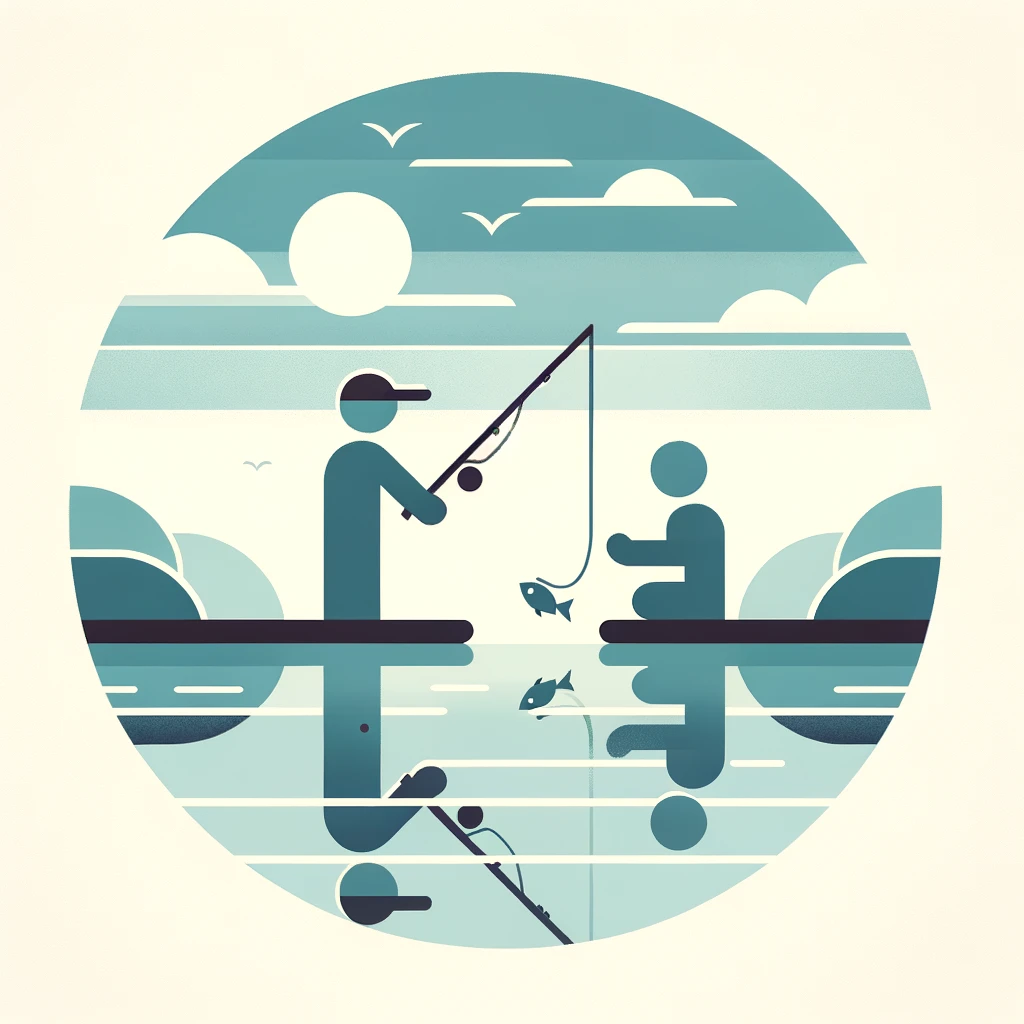
In short, there’s many reasons to be optimistic for the future as a UX designer. If you’re considering studying this field, I highly recommend it. There will always be demand for people who can think and solve problems in a structured manner. There will always be demand for people who understand human experiences and care deeply about making lives better. So to close off, I’ve created this variation on a famous proverb:
Teach someone UI, and they will get a job designing software. Teach them UX, and they will get any job they like.
Pieter Buis 2nd of February 2024

Pieter is a freelance designer based in Amsterdam. His focus is on designing great employee portals, though his interests range from corporate storytelling to board games and from musical theatre to theme parks.
Leave a Reply